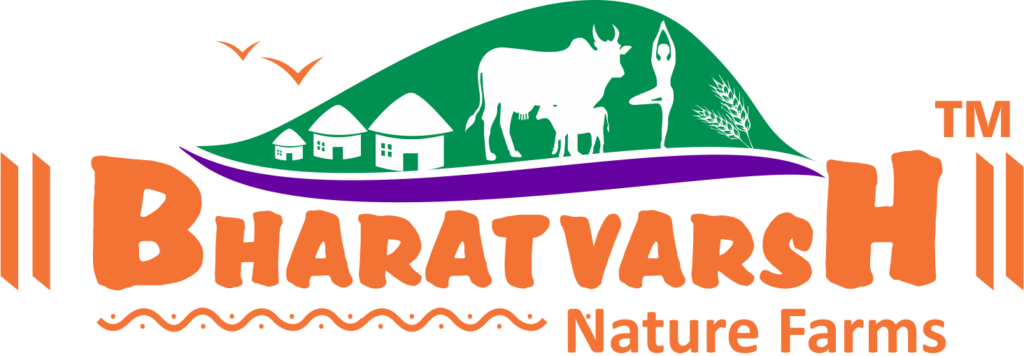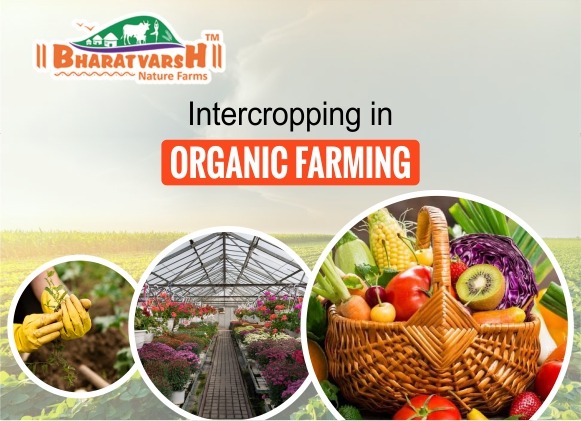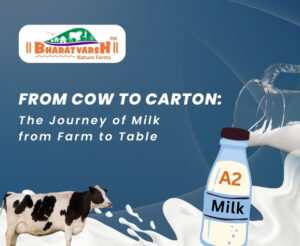Intercropping is an ancient agricultural method. While it is traditionally used without technical understanding, modern farmers may reap excellent crops with updated scientific knowledge of intercropping, technology advantages, and precision agricultural instruments. Intercropping is done for various reasons, including conserving space and resources, ensuring greater yields in the event of low returns from the primary culture, repelling pests, eliminating weeds, and providing nutrients for surrounding plants. Considering the benefits and drawbacks of intercropping, many landowners choose the approach despite the extra field treatment required.
What Is Agriculture Intercropping?
In contrast to monoculture farming, the intercropping approach involves cultivating different species in between each other within the same season: the pattern, sowing period, and plant combinations used in intercropping vary. Perennials may grow with other perennials or annuals, while annuals can grow alongside other annuals. Garlic and tomatoes are an example of a perennial-annual intercropping pair. Coffee and banana are a common perennial combo in tropical countries.
Plants are seeded simultaneously or while other species are already blossoming or ready for harvesting, depending on the species. The intelligent intercropping combinations provide good effects.
Intercropping Types
Before planting them together, farmers should consider the density, architecture, maturity time, irrigation, sunshine, and fertilizer requirements of various species. Intercropping is defined by a specific plant arrangement that serves as the foundation for its categorization. Examples include row, strip, relay, temporal, mixed, guard, alley, trap, repellent, and push-pull cropping.
1. Cropping in Rows
Plants are organized in rows in this scenario, as the name indicates. Cereals and legumes such as maize and beans are atypical and useful combinations. Row ratios may range from single to several rows. According to one research, four maize rows should plant for every six soybean rows. Row cropping provides extra nitrogen fixation by legumes in association with bacteria of the Rhizobium genus.
2. Intercropping of Strips
What does it mean, and what does strip cropping serve? The method is comparable to row cropping, but the land areas are large enough to allow for machine operations and autonomous cultivation. Growing wheat, corn, and soybeans alternately in six rows is a common strip cropping method in the United States.
3. Cropping in the Alley
The alley cropping system suggests growing crops in between trees, shrubs, or hedges to create alleyways. Alley cropping has the following characteristics. With their robust root systems, higher plants shield lower plants from winds, provide shade from additional sunshine, and prevent soil erosion.
4. Cropping Relay
After the first crop has blossomed, farmers who use this method plant one or two different kinds on the same plot of ground but on separate dates. Although relay intercropping eliminates temporal overlap in distinct harvesting species, the second crop must be shade tolerant of the first. Cotton and maize, as well as chickpeas and upland rice, are examples of relay cropping systems.
5. Temporal Intercropping
In this intercropping strategy, the coupled plants mature at different rates. When the fast-growing plant is harvested, the slow-growing plant is given more room to grow.
6. Intercropping of Various Plants
The intercropping technique entails planting multiple species (two or more) on the same terrain with no different arrangement in rows or the same rows. In this situation, the sowing and harvesting seasons coincide. Mixed cropping protects the main culture against winds, frosts, droughts, and other extreme weather situations.
7. Trap Farming
As the name implies, the intercropping method assists in pest capturing to preserve the primary cultivar. Among the most common trapping plants are mustard and marigold. The main concept is to draw insects or fungi to the sacrificial secondary crops, safeguarding the cash crop. Blue Hubbard squash is effective against squash bugs, squash vine borers, and spotted and striped cucumber beetles.
8. Trap Intercropping
It enables pesticide savings by requiring no or just partial chemical application to trapping zones. However, potential drawbacks of intercropping in this situation include pesticide resistance or uncontrolled pest nurseries.
9. Guard Cropping
Guard crops are prickly or tough plants that grow around cash crops or along field margins. Crop guards are employed as barriers to keep the primary species safe from winds and infestations. As a result, sorghum is planted next to cotton and safflower next to chickpeas.
10. Repels Intercropping
Using this intercropping method, farmers use pest-repellant plants as a sustainable pest-management tool. It is based on the repellent action of particular species, which protects the cash crop. The repellent keeps insects away from their host plant, like in the example of growing leeks to keep bean flies away from beans.
11. Cropping via Push-Pull
The intercropping technique incorporates both trap and repellant plants for the cash crop. While trap species attract (or draw) pests, repellent species repel them. Growing Napier grass (to pull) and Desmodium legume (to push) to shield maize from stem-boring corn larvae is an example of this strategy.
The Advantages of Intercropping
1- Higher Income, Higher Yield
Intercropping increases a farmer’s financial rewards; even if you are growing fruit for your own family or pastime, you will have a variety of produce, which is always a good thing. Intercropping allows farmers to utilize less land while producing more and diversifying their crops. It increases the farmer’s revenue without incurring any substantial expenses. The available infrastructure or land stays unchanged.
2- Insurance Against Crop Damage
Intercropping may provide farmers with the insurance they want, particularly in areas prone to harsh weather. Drought, heavy rain, hurricanes or cyclones, and other meteorological factors may all impact the production of a particular year or season. Having a diversified crop mix helps the farmer earn some money even if the principal crop suffers damage or does not produce as much as planned.
3- Optimal Soil Utilization
Intercropping maximizes the use of available soil. When crops are produced on farmland, they tend to absorb as much water and nutrients as needed. There may be more nutrients in the ground underneath the crops and surrounding them. This soil, especially the nutrients it contains, is used by many crops kinds. Intercropping also reduces soil runoff and the development of weeds.
4- Beneficial for Primary Crops
Intercropping is beneficial to primary crops. Secondary crops may offer protection and even shelter for main crops. Intercropping also enables you to cultivate cash crops or any other crop that will support the main crop somehow.
5- Ergonomic Land Utilization
Planting species in-between rows provides for more effective soil use than monocropping, which leaves gaps between rows underutilized.
Organic Farming at Bharatvarsh Nature Farms
Planting just one crop on a field that has been tailored to maximize the number of seeds grown in one area in a shorter period is known as mono-cropping. Modern agricultural machinery has transformed our farming techniques into what they are now, mostly monocropping. Growing two or more crop varieties on the same field is known as intercropping. Intercropping has been used since the dawn of agriculture. Bharatavarsh nature farms applies the knowledge of intercropping at farm to maximize the farming yield while minimizing the use of farming resources available. Visit us to understand the intercropping practices being implemented at our organic farms.
Contact Us
If you are from Nagpur or Umred, you can plan a day picnic and visit our farm to spend time with your family in the lap of nature. You can also buy our dairy farm products as well as organic farm products available for sale at our farm. Our farm is located At Post, Virli Taluka Umred, Nagpur dist. – 441204 (MH)
Also, if you are interested in a daily subscription and purchase of dairy products or organic produce from our farm, you can always reach us through? email: info@bharatvarshnaturefarms.com,
?Call Us @ 8603214214.
Also Read: DO YOU TRULY WANT TO CONNECT WITH NATURE AND EXPERIENCE IT IN ITS PUREST FORM?




